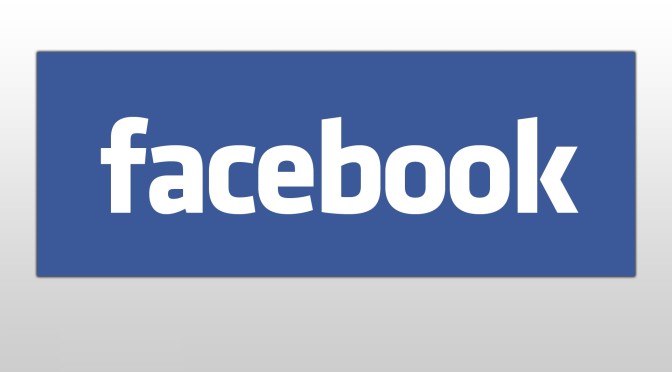Oftentimes businesses of any size, big or small, make the biggest mistake in their social media marketing strategies. They fail to appear human, and in most cases resemble web bots spewing external links or emotionless posts across all social media platforms. Hard selling, irrelevant content, and lack of engagement with followers and potential customers is far too common among industries, leading to missed opportunities to snatch undecided consumers who haven’t made the commitment to buy into your product or service. In today’s marketplace, you have to be open, friendly, and willing build relationships with your customers and followers, or you’ll begin to see post by post that engagement and growth on social media will dwindle.
Being human on social media, is really all about having the same mindset or emotions as the consumer. If you’re selling a Subaru, you must know what owners of that brand do on a daily basis. Whether that’s hiking or off-roading, or taking on the very worst mother nature has to offer, Subaru owners want a dependable car that can get them out of any situation life throws at them behind the wheel. By not affectively communicating to these consumers, your voice will not be heard. You must create emotions behind what you’re selling. A Subaru owner looking to trade up from an older model, might be more enticed to buy a brand new Outback if you cater your marketing efforts to that person, or others like him or her. By speaking their language, both literally and emotionally, you’ll begin to see results as you’re no longer hard selling, but actually being informative.
As an owner of a Volvo S40, I wanted to join a group or fan page on social media to share my enthusiasm for my car. When I couldn’t find one, I created one myself. Within about six months I built a following of 250 Volvo S40 enthusiasts, organically. By being human, evoking the same emotions other S40 owners had, engagement numbers and total reach were much larger than the current following I had. Getting Likes, comments, and shares became easier by the day because the content was catered to those who love their car. Being human, and understanding where your customers or followers are coming from, is exactly what’s needed in social media marketing, and that’s my attitude when running my own accounts.
Stop using social media platforms as another stage to hard sell. While consumers are using Facebook, Instagram, Pinterest, and even Snapchat to make buying decisions, their influences are not from companies who hard sell or throw their products in the faces of consumers. Social media is your opportunity to build a community, a community of loyal consumers who will buy from your business for the rest of their lives. By not building your bridges now, consumers will find another path to being treated with value and catered to specifically. Your social media efforts today, will dictate where you are five to ten years down the road when digital marketing becomes the main focal point of a marketing strategy.








